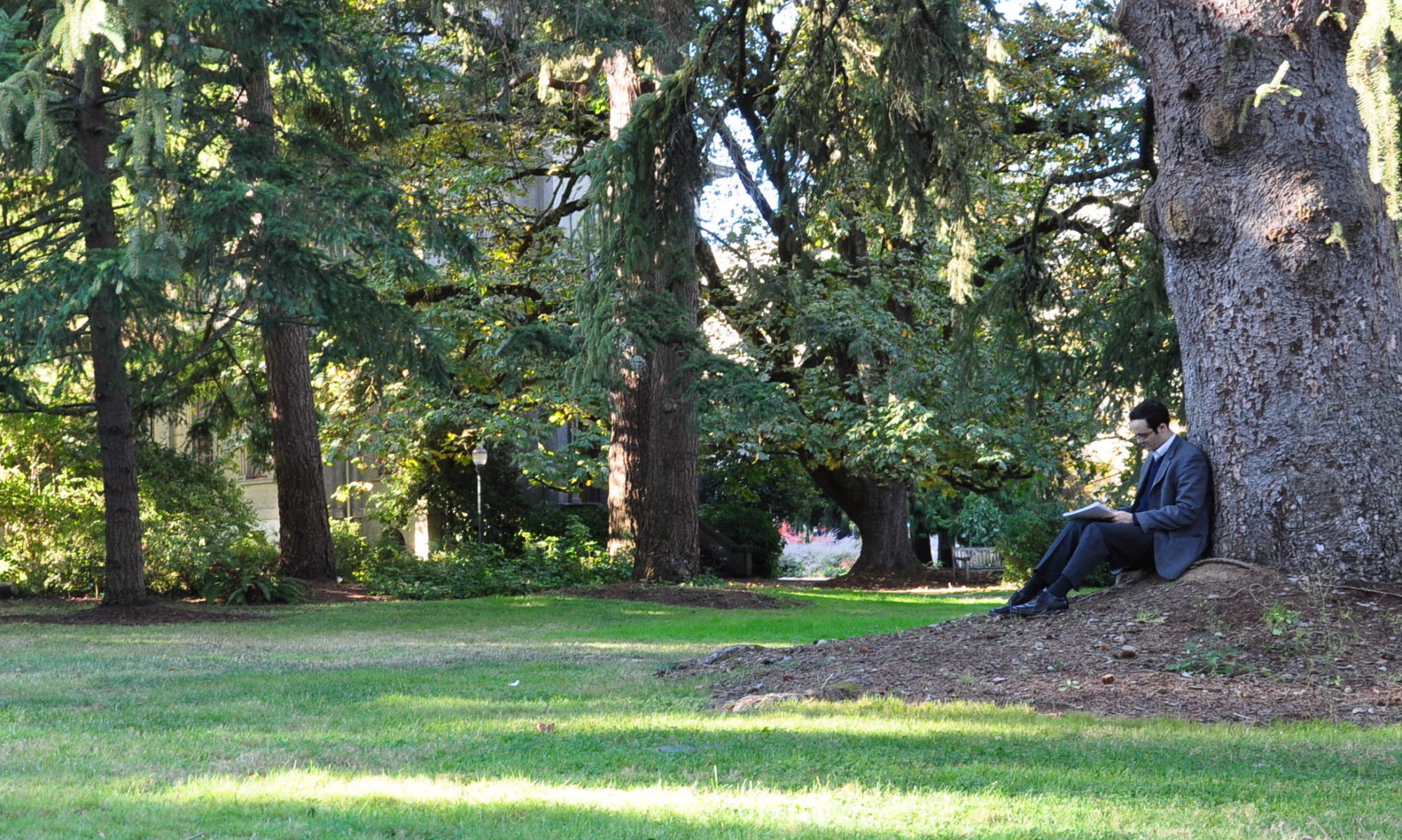On Poetry and the Earth: Two Poems for Actor and String Trio (2022)
I wrote this piece for the Elsewhere Ensemble, a group that combines theater and classical music in new, engaging ways. The ensemble’s core group consists of a trio of fantastic string players alongside Broadway veteran actor MacIntyre Dixon.
When, I all too recently discovered Harlem Renaissance poet Countee Cullen’s ode To John Keats, Poet, at Springtime, I felt drawn into conversation with someone who understood me. Like Cullen, I have long been enamored (or obsessed perhaps) with Keats’ poems and fascinated by the myths surrounding his tragically short life. Cullen’s poem is a series of delicately versified reflections on the beauty of a spring day; in it, he reaches out to Keats as a kindred spirit, one who like him could sense the beauty of nature keenly, even to the point of its driving him into a kind of ecstasy. Setting this poem in a musical piece where it could be spoken rather than sung seemed to me a way of elevating a masterpiece–giving it a richly wrought frame, as it were, one that, like Cullen’s work, embodies many traditional aspects of form and rhetoric, but also stylistically reflects the early 20th century. In accompanying this poem with one of Keats’ own, I mean to present Cullen as I hope he would have wanted himself presented—as a successor to Keats’ poetic tradition. Keats’ sonnet On the Grasshopper and Cricket, also shares themes with Cullen’s poem, and, I hope, creates a vital dialogue with it about the relationship between the beauty we create in art, and the beauty of the earth, these being all part of the same thing.
On-Poetry-and-the-Earth-Kalcheim-Score
